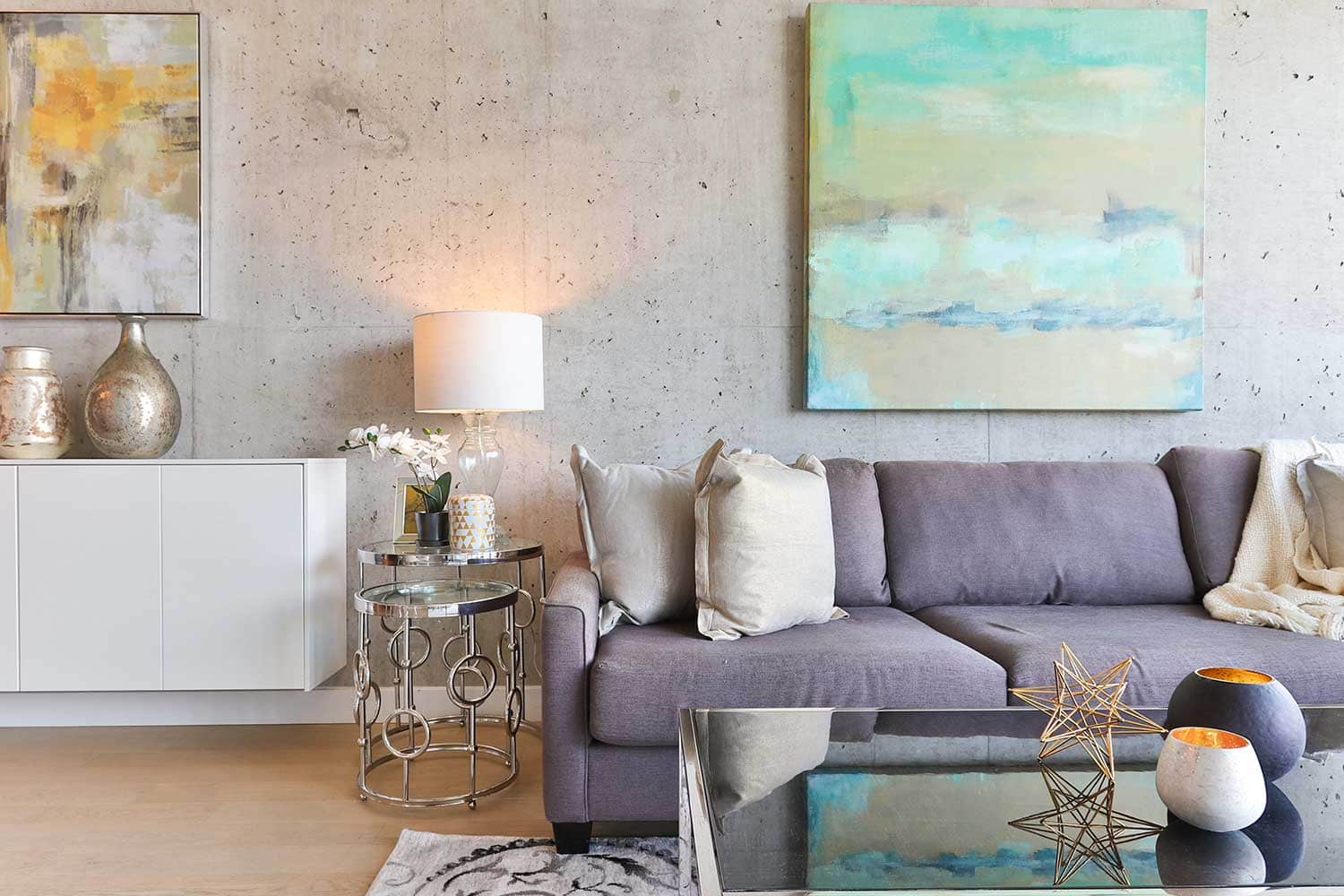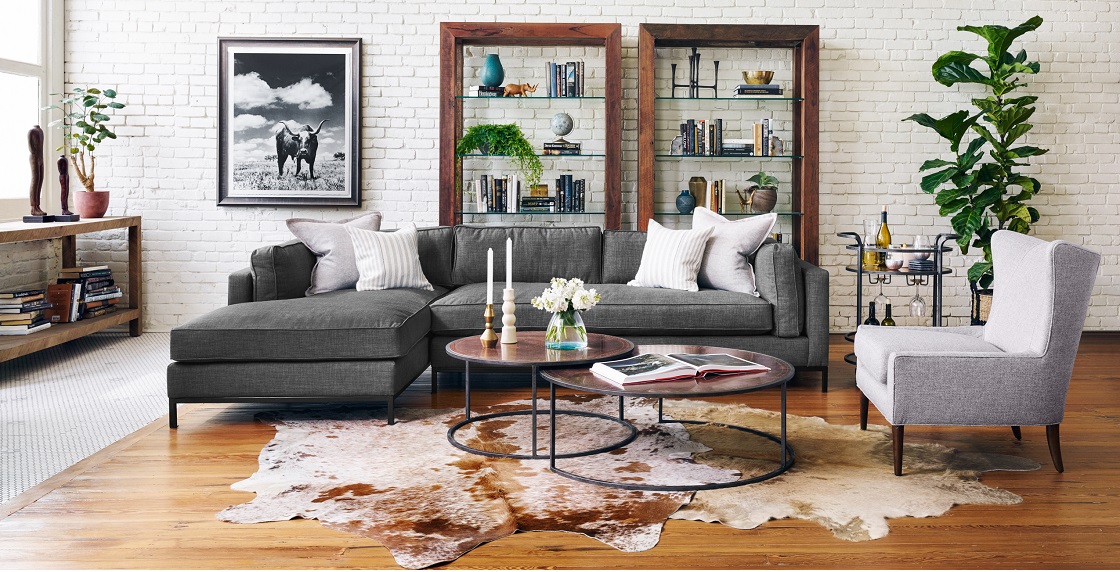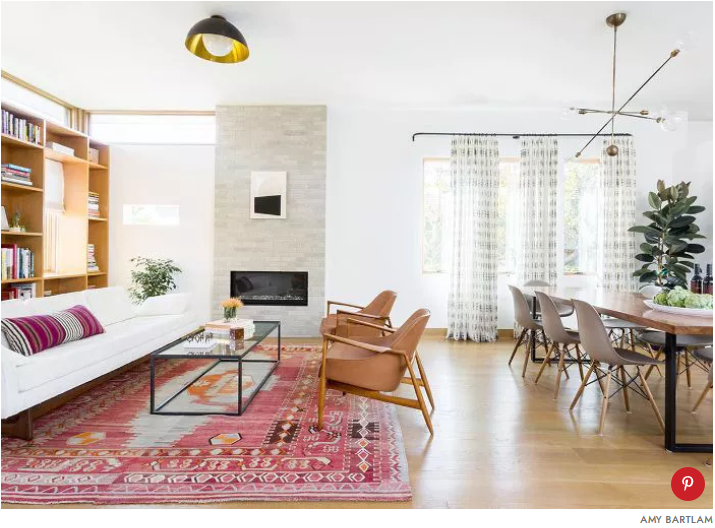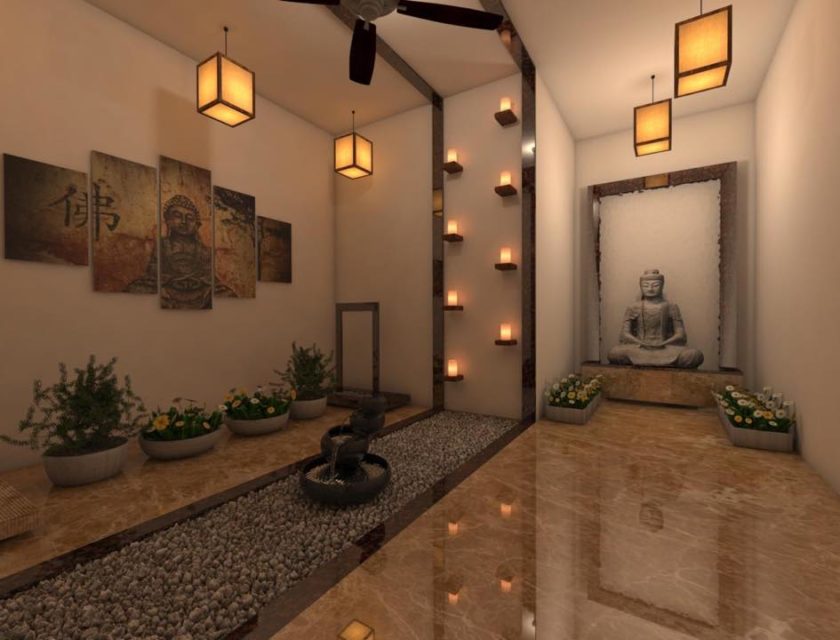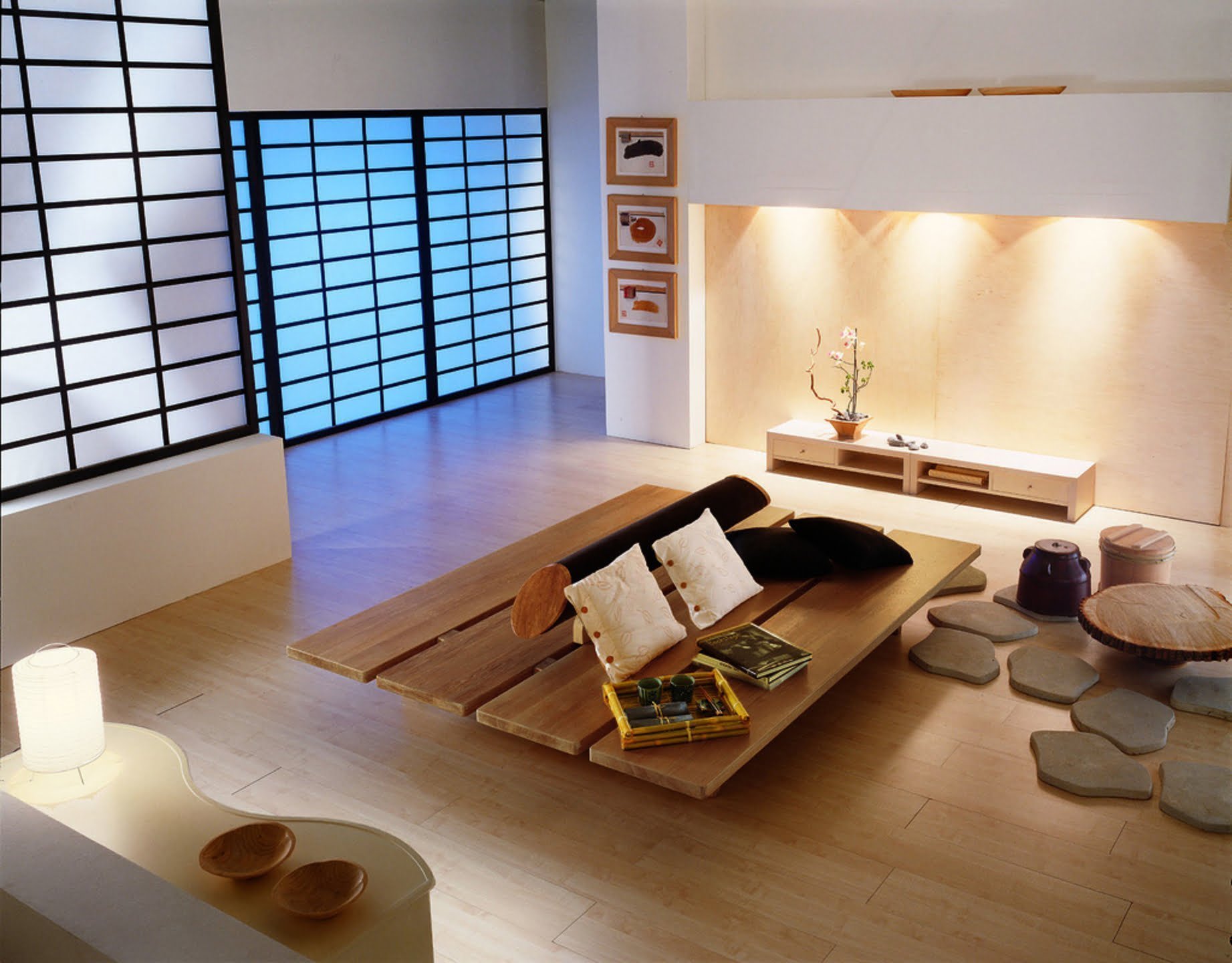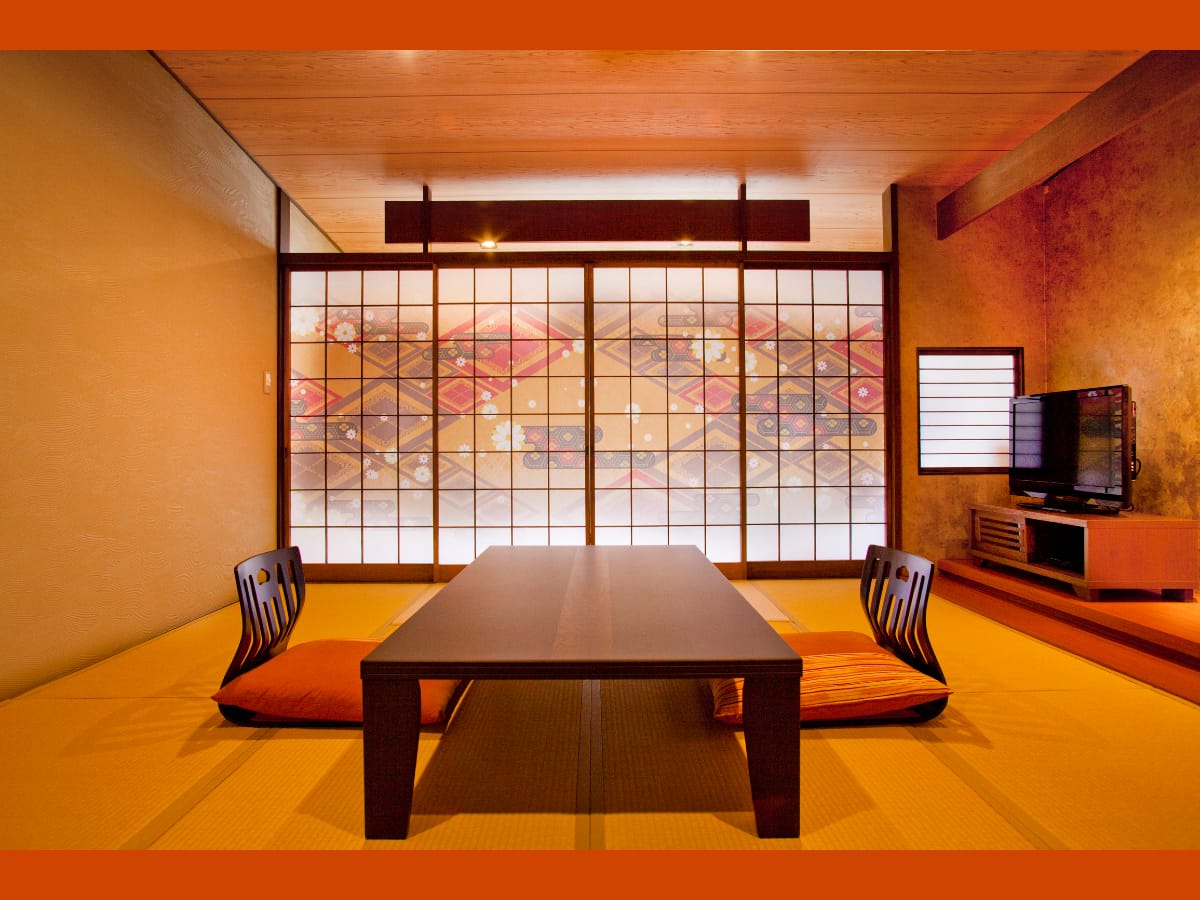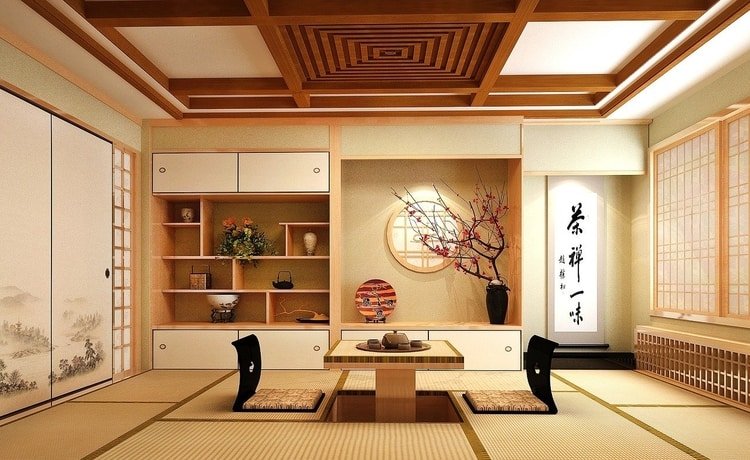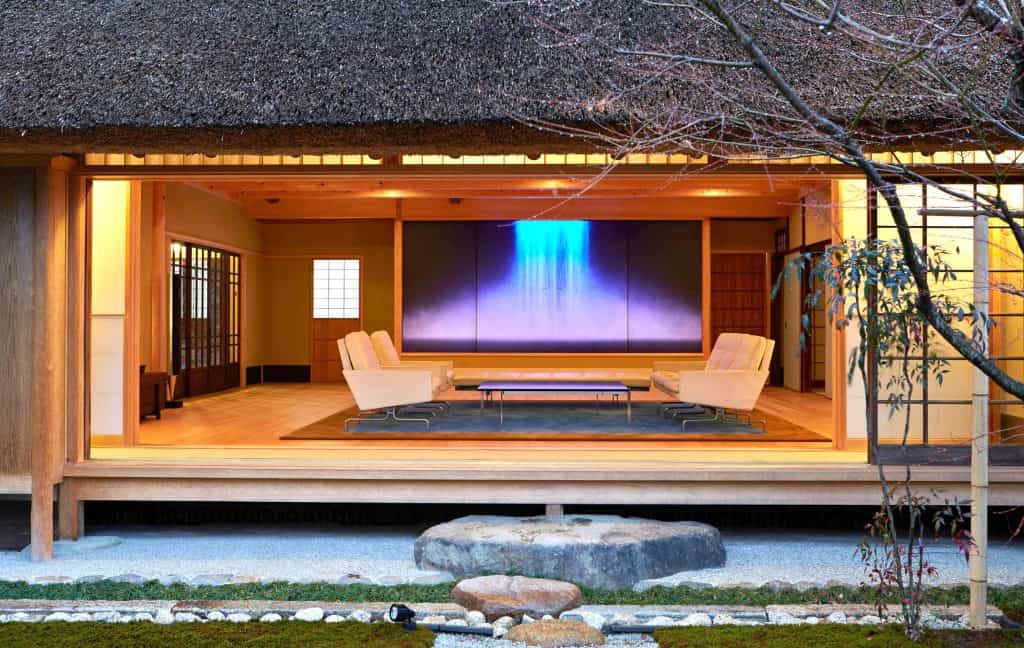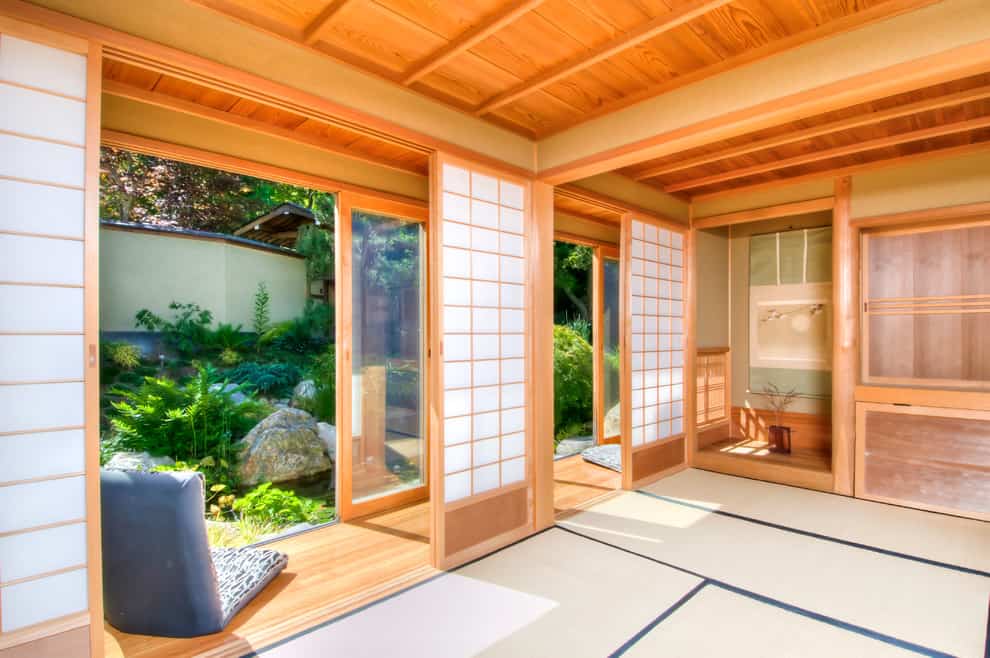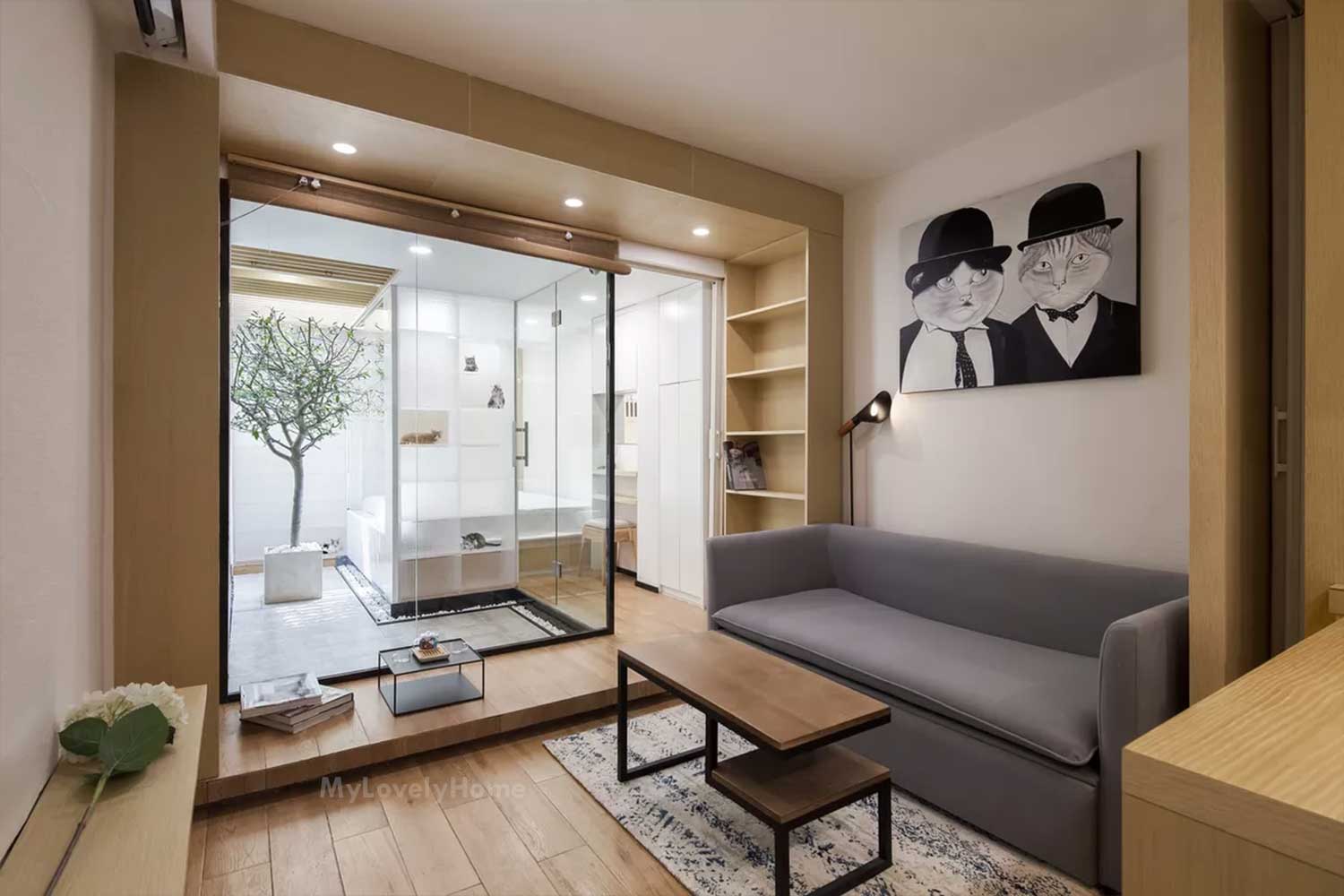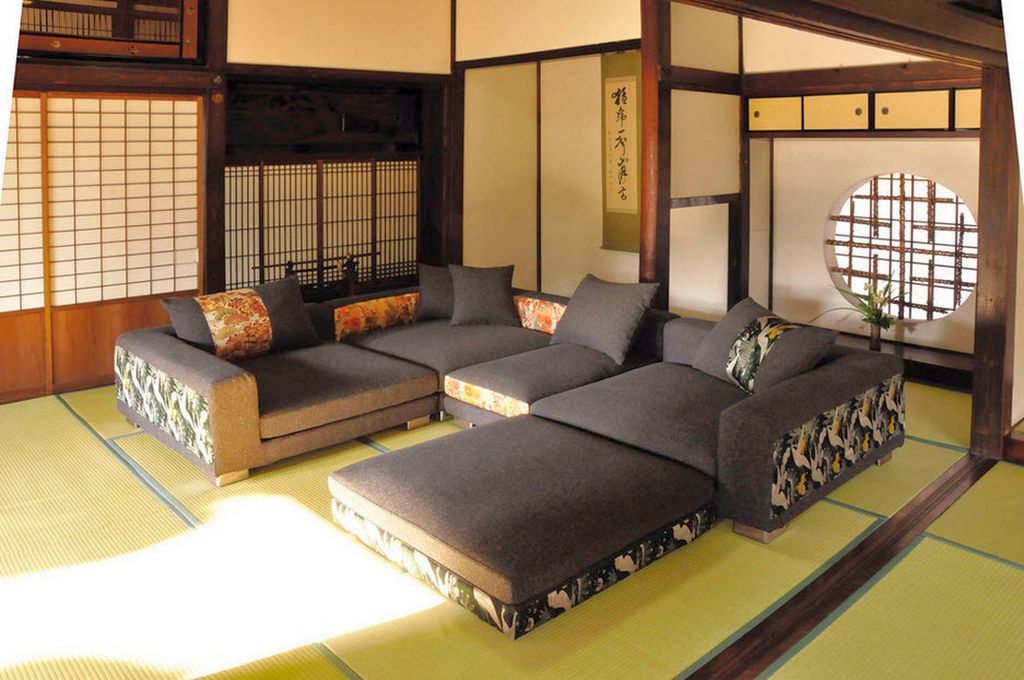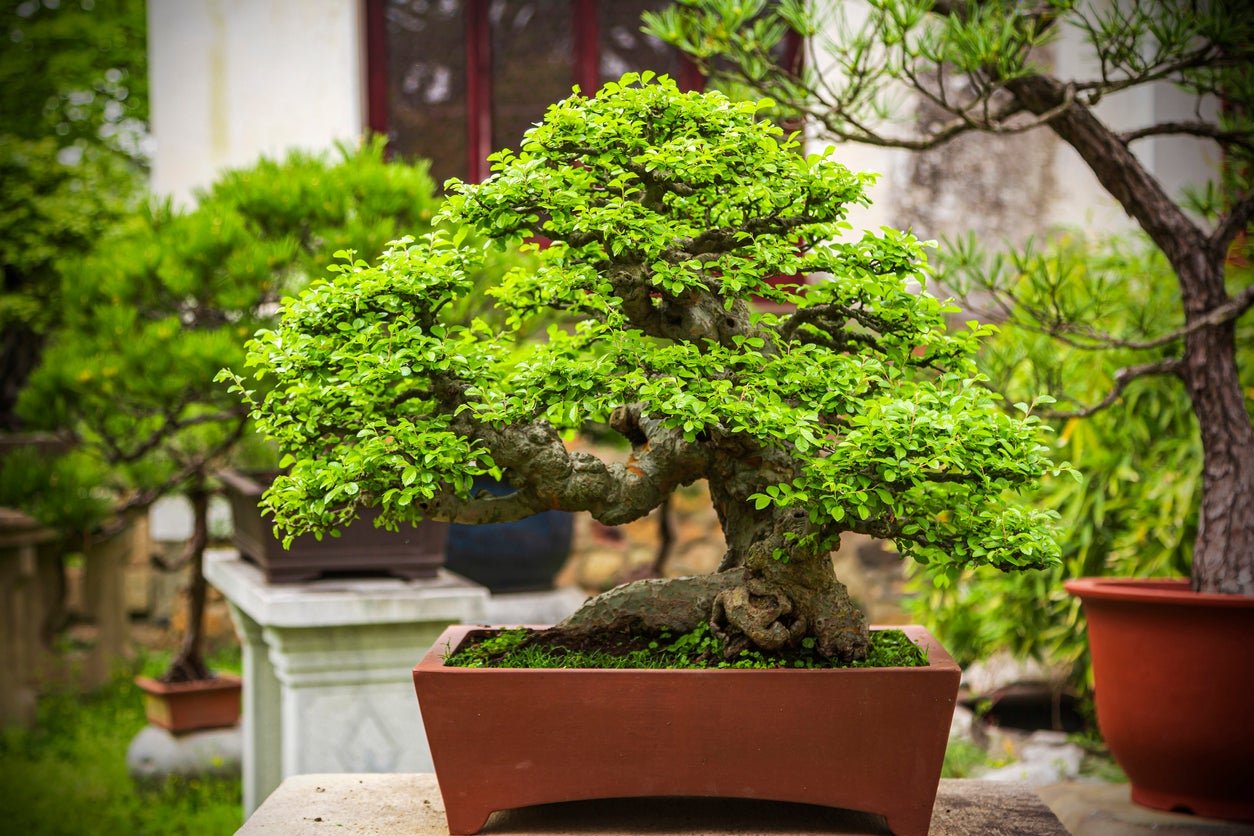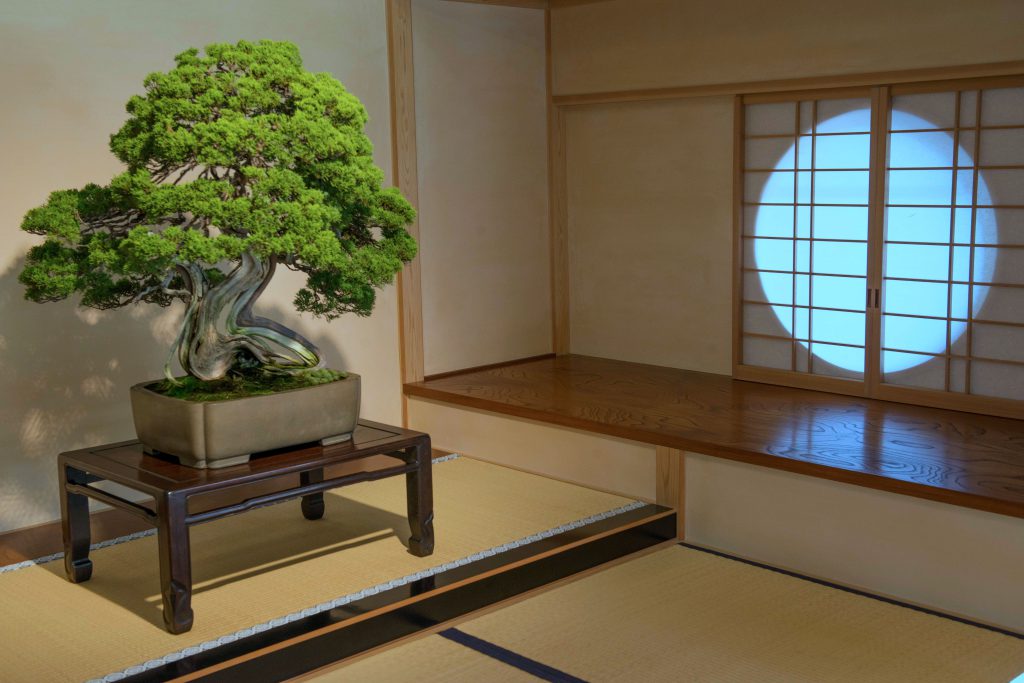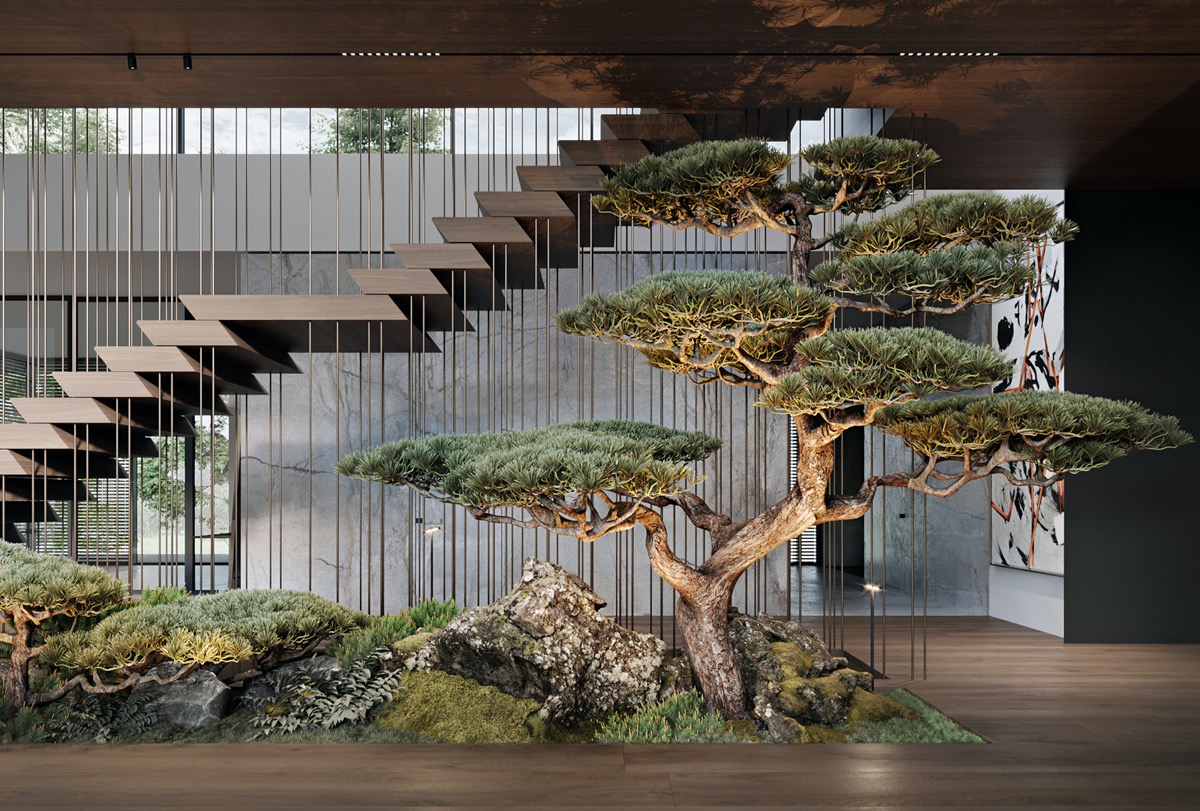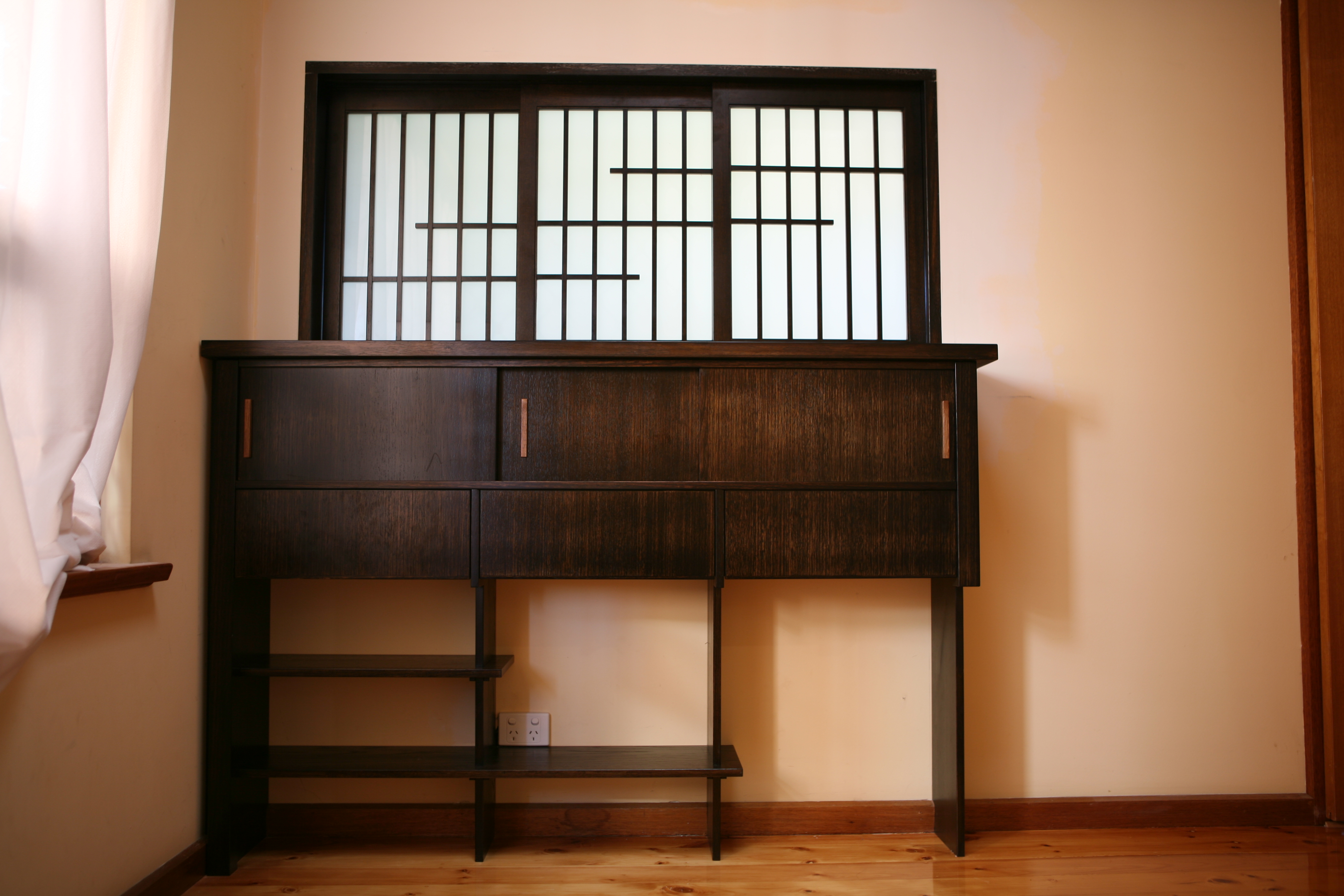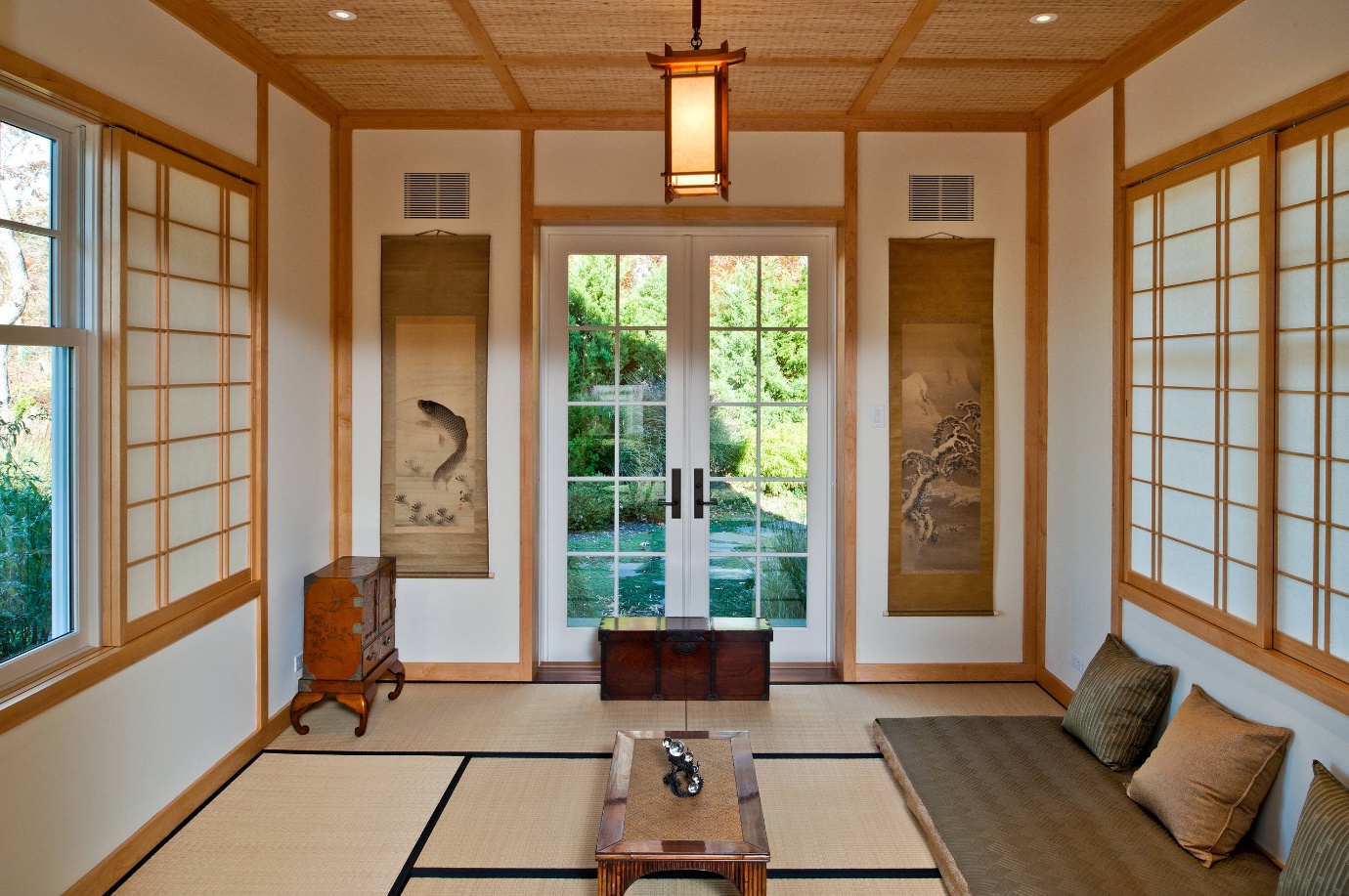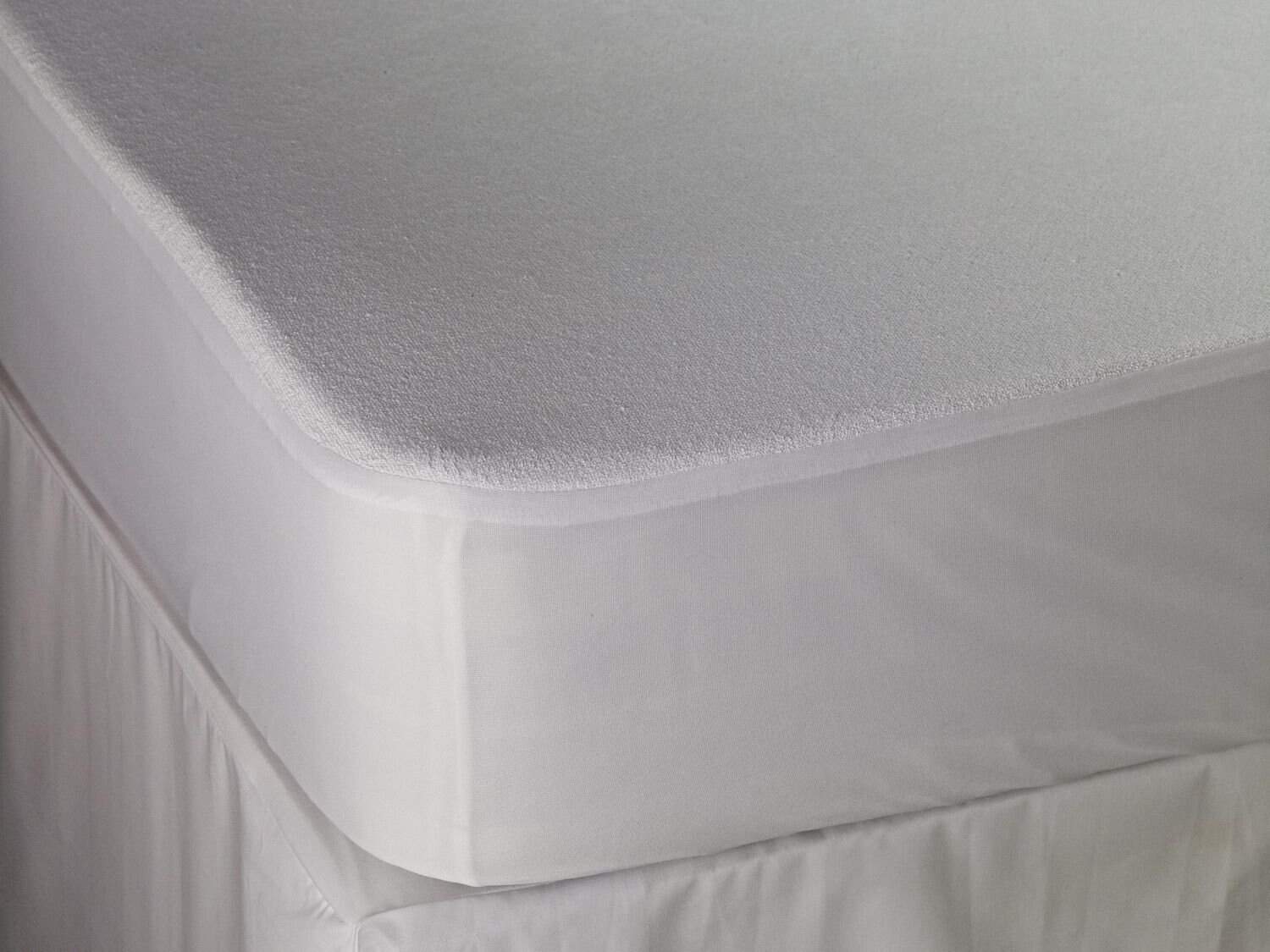When it comes to decorating your living room, incorporating Japanese elements can bring a sense of tranquility, simplicity, and elegance to the space. From furniture to color schemes, there are many ways to create a Japanese-inspired living room that reflects the beauty and harmony of Japanese culture.Japanese-inspired living room decor
One key aspect of Japanese living room decor is minimalism. This design style focuses on simplicity and functionality, with clean lines and clutter-free spaces. To achieve a minimalist Japanese living room, opt for low furniture with clean and simple designs. Use neutral colors such as white, beige, and black to create a serene and calming atmosphere.Minimalist Japanese living room design
The traditional Japanese tatami room is a popular design choice for living rooms. Tatami mats are made of soft, natural materials and are used as flooring in traditional Japanese homes. Incorporating tatami mats in your living room can add a touch of authenticity and naturalness to the space. You can also add futons and low tables to complete the traditional Japanese look.Traditional Japanese tatami room
Incorporating feng shui principles in your living room can bring balance and harmony to your space. In Japanese culture, feng shui is believed to enhance the flow of energy and create a peaceful environment. To apply feng shui in your living room, ensure that furniture is arranged in a way that promotes positive energy flow. You can also add elements such as water fountains and plants to bring in natural elements.Feng shui in Japanese living rooms
Zen is a Japanese philosophy that focuses on mindfulness and living in the present moment. This concept can also be applied to living room decor. A Zen-inspired living room should have a calming color scheme and minimalistic furniture. Adding elements like incense burners, meditation cushions, and rock gardens can enhance the Zen atmosphere in your living room.Zen living room decorating ideas
One unique feature of Japanese homes is the use of sliding doors, also known as fusuma or shoji. These doors are made of paper and wood and can be used to divide spaces or create a sense of openness. Incorporating sliding doors in your living room is a great way to add a traditional Japanese touch to your decor.Japanese sliding doors for living rooms
Natural materials play a significant role in Japanese decor, as they reflect the connection to nature that is deeply ingrained in Japanese culture. Incorporate elements such as wood, bamboo, and stone in your living room to add warmth and texture. You can also add rice paper or linen for window treatments to bring in natural light.Natural materials in Japanese decor
The color palette for a Japanese-inspired living room should be calming and neutral, with pops of color to add interest. Traditional Japanese colors include earth tones such as beige, brown, and green, as well as cool tones like blue and gray. You can also add a splash of red, which is considered a lucky color in Japanese culture.Japanese-inspired color schemes for living rooms
Bonsai trees are a staple in Japanese decor and symbolize harmony, balance, and peace. These miniature trees can be incorporated in your living room in various ways. You can place them on a low table, in a corner of the room, or on a shelf to add a touch of nature and tranquility to your space.Incorporating bonsai trees in living room decor
When it comes to furniture, Japanese style is all about simplicity and functionality. Low seating, such as floor cushions and bean bags, are commonly used in Japanese living rooms. You can also incorporate low tables and platform beds for a minimalistic and authentic Japanese look. In conclusion, incorporating Japanese elements in your living room decor can create a serene, peaceful, and beautiful space. Whether you opt for traditional Japanese decor or a modern interpretation, these ideas can help you create a Japanese-inspired living room that reflects the beauty and simplicity of Japanese culture.Japanese-style furniture for living rooms
Incorporating Nature: The Essence of Japanese Living Room Decorating

Embracing Simplicity and Serenity
 Japanese living room decorating is all about creating a serene and peaceful space that reflects the beauty of nature. The Japanese culture values simplicity and minimalism, and this is evident in their home design as well. When designing a Japanese living room, it is important to keep in mind the concept of "less is more". This means decluttering and choosing a few key elements that will create a calming and inviting atmosphere.
Japanese living room decorating is all about creating a serene and peaceful space that reflects the beauty of nature. The Japanese culture values simplicity and minimalism, and this is evident in their home design as well. When designing a Japanese living room, it is important to keep in mind the concept of "less is more". This means decluttering and choosing a few key elements that will create a calming and inviting atmosphere.
Bringing in Natural Elements
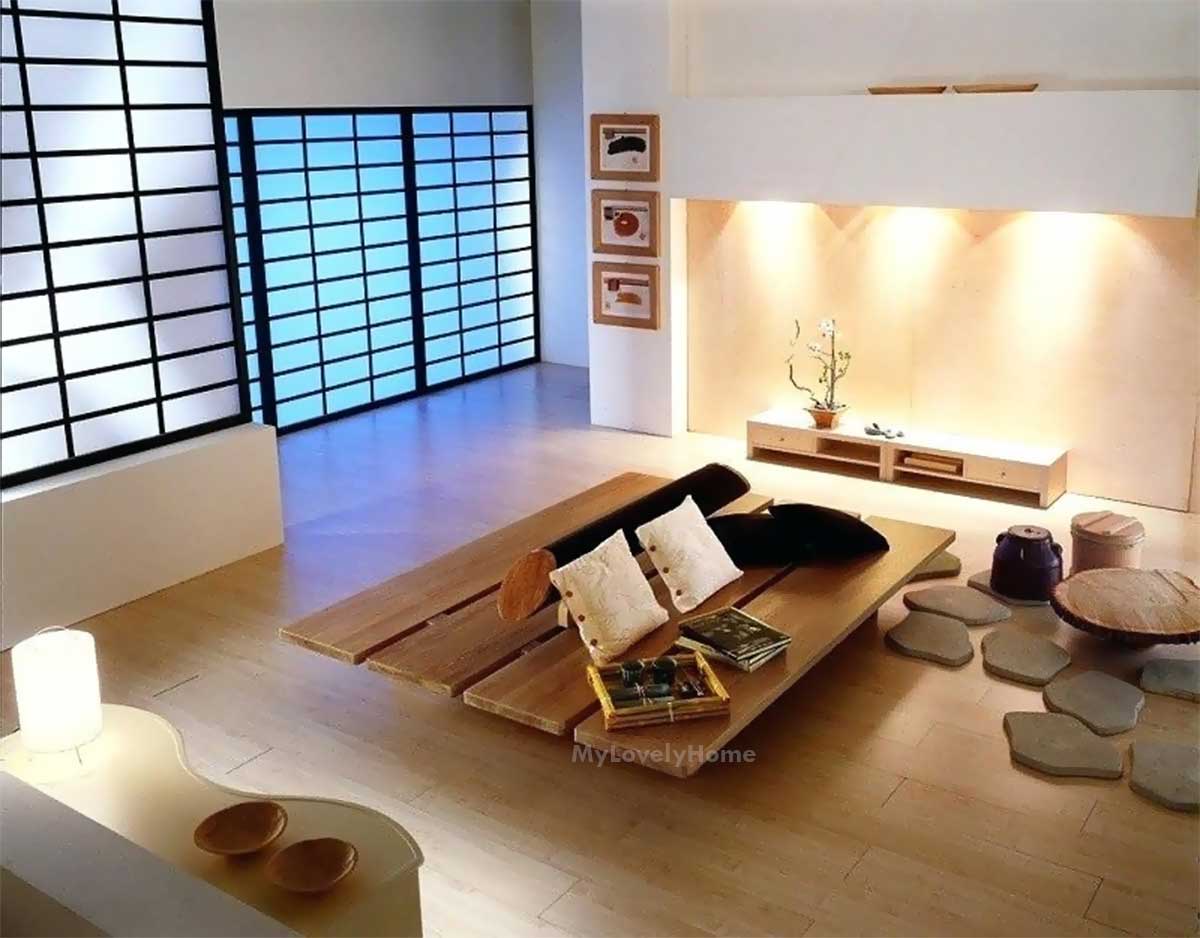 One of the key elements in Japanese living room design is the use of natural materials.
Wood
is a prominent feature in Japanese homes, and incorporating it into your living room can instantly add warmth and a touch of nature. Consider using bamboo for flooring, as it is not only environmentally friendly but also adds a natural element to the space. Another way to bring in nature is through
indoor plants
. Choose plants that are easy to maintain and add a pop of green to your living room.
One of the key elements in Japanese living room design is the use of natural materials.
Wood
is a prominent feature in Japanese homes, and incorporating it into your living room can instantly add warmth and a touch of nature. Consider using bamboo for flooring, as it is not only environmentally friendly but also adds a natural element to the space. Another way to bring in nature is through
indoor plants
. Choose plants that are easy to maintain and add a pop of green to your living room.
Utilizing Earthy Colors
 When it comes to color schemes in Japanese living room decorating, earthy tones are the way to go.
Neutral colors
such as beige, gray, and brown create a calming and soothing environment, while also allowing other elements in the room to stand out. You can also add pops of color through accent pieces, such as a vibrant
red
throw pillow or a
blue
vase.
When it comes to color schemes in Japanese living room decorating, earthy tones are the way to go.
Neutral colors
such as beige, gray, and brown create a calming and soothing environment, while also allowing other elements in the room to stand out. You can also add pops of color through accent pieces, such as a vibrant
red
throw pillow or a
blue
vase.
Incorporating Traditional Japanese Elements
 To truly capture the essence of Japanese living room design, incorporating traditional Japanese elements is key.
Tatami mats
are a staple in Japanese homes and can be used as flooring or even as a covering for furniture. You can also incorporate
shoji screens
to create a sense of division in the space while still maintaining an open and airy feel.
Futons
are another traditional element that can be used as both seating and sleeping arrangements, making them a versatile and efficient addition to any Japanese living room.
To truly capture the essence of Japanese living room design, incorporating traditional Japanese elements is key.
Tatami mats
are a staple in Japanese homes and can be used as flooring or even as a covering for furniture. You can also incorporate
shoji screens
to create a sense of division in the space while still maintaining an open and airy feel.
Futons
are another traditional element that can be used as both seating and sleeping arrangements, making them a versatile and efficient addition to any Japanese living room.
Creating a Zen Corner
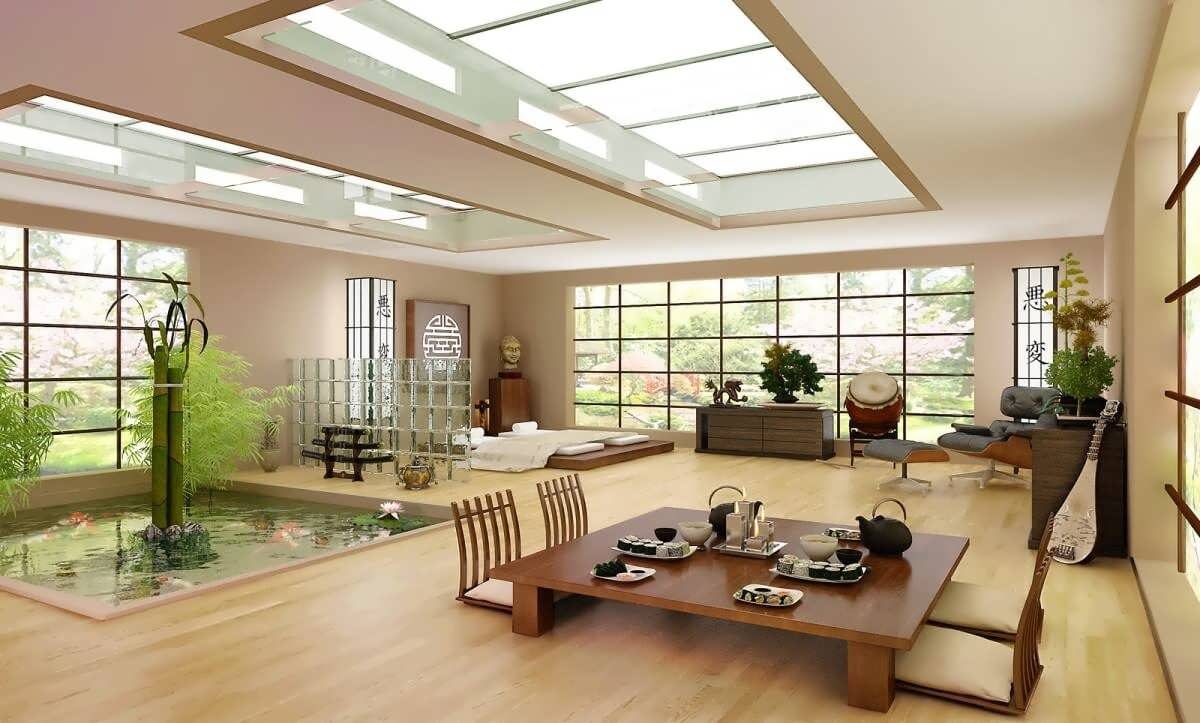 No Japanese living room is complete without a
zen corner
. This is a designated space for relaxation and reflection, often featuring a low table, floor cushions, and a
bonsai tree
. This corner allows you to disconnect from the chaos of everyday life and find inner peace in the comfort of your own home.
Japanese living room decorating is all about creating a harmonious balance between nature, simplicity, and tradition. By incorporating these elements into your living room, you can create a serene and inviting space that reflects the beauty of Japanese culture. Embrace the essence of Japanese design and transform your living room into a peaceful oasis.
No Japanese living room is complete without a
zen corner
. This is a designated space for relaxation and reflection, often featuring a low table, floor cushions, and a
bonsai tree
. This corner allows you to disconnect from the chaos of everyday life and find inner peace in the comfort of your own home.
Japanese living room decorating is all about creating a harmonious balance between nature, simplicity, and tradition. By incorporating these elements into your living room, you can create a serene and inviting space that reflects the beauty of Japanese culture. Embrace the essence of Japanese design and transform your living room into a peaceful oasis.

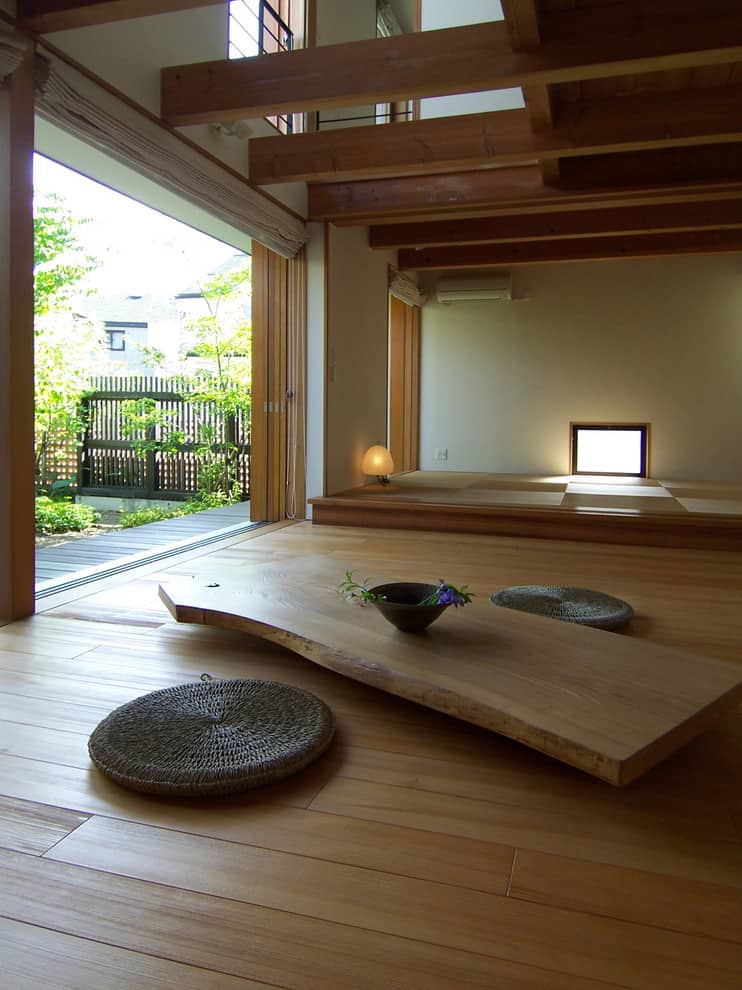

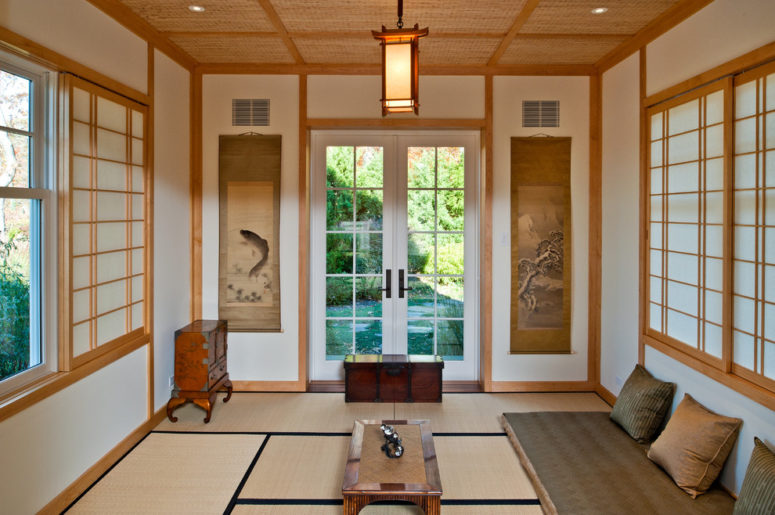



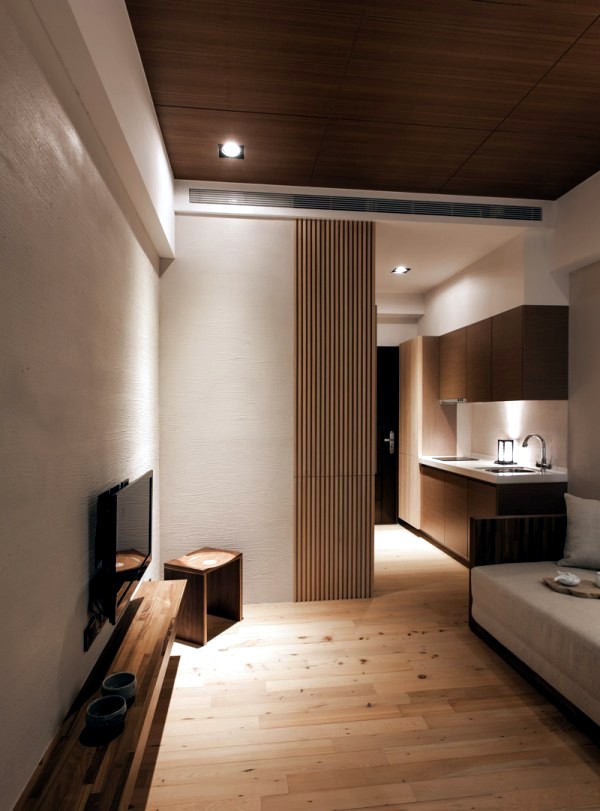
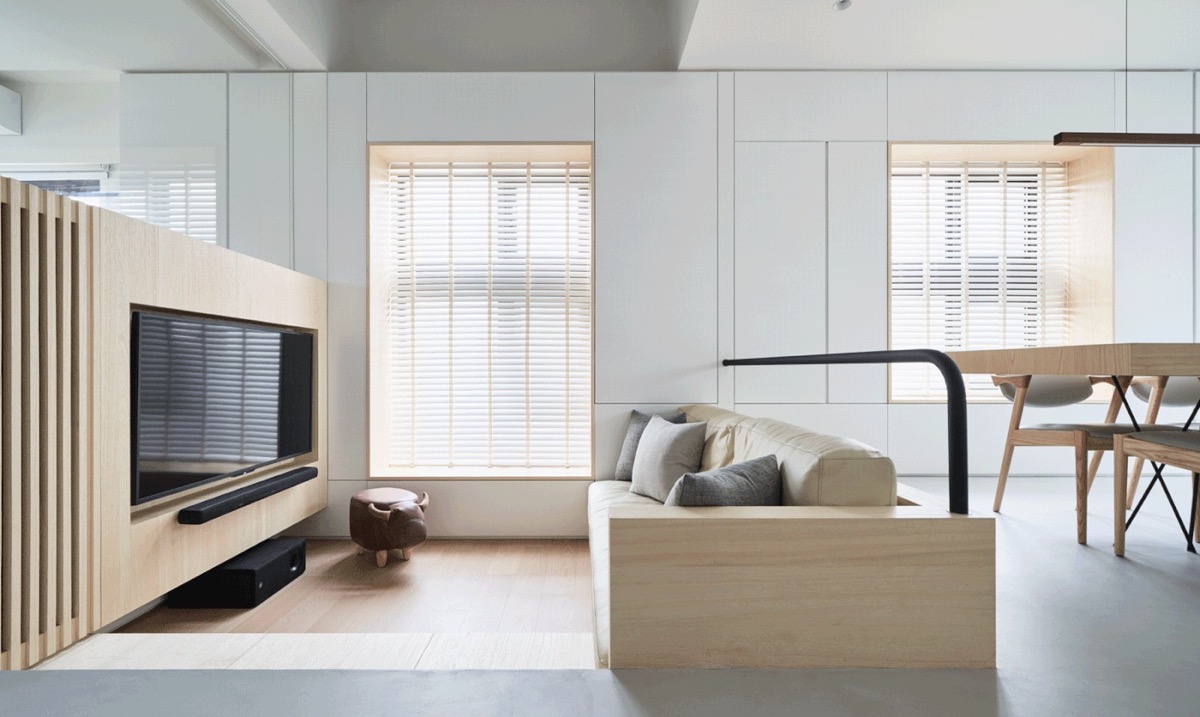



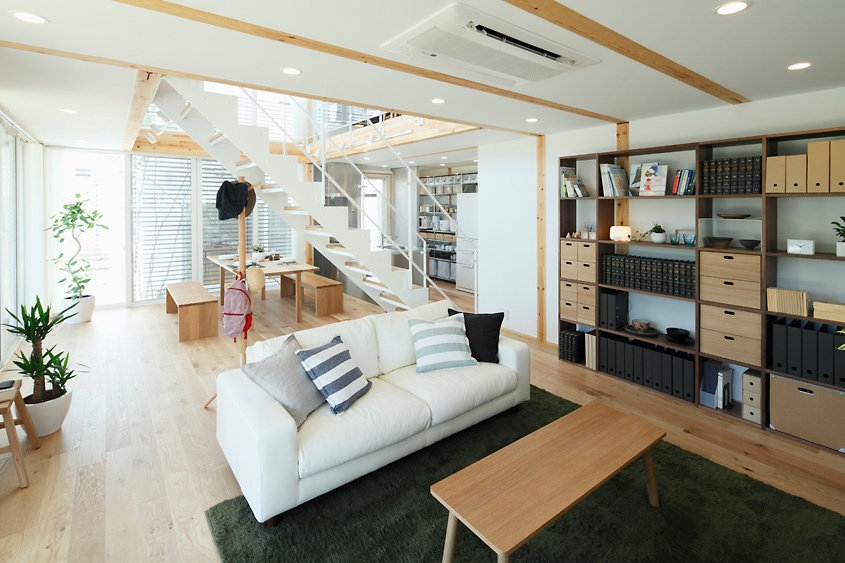
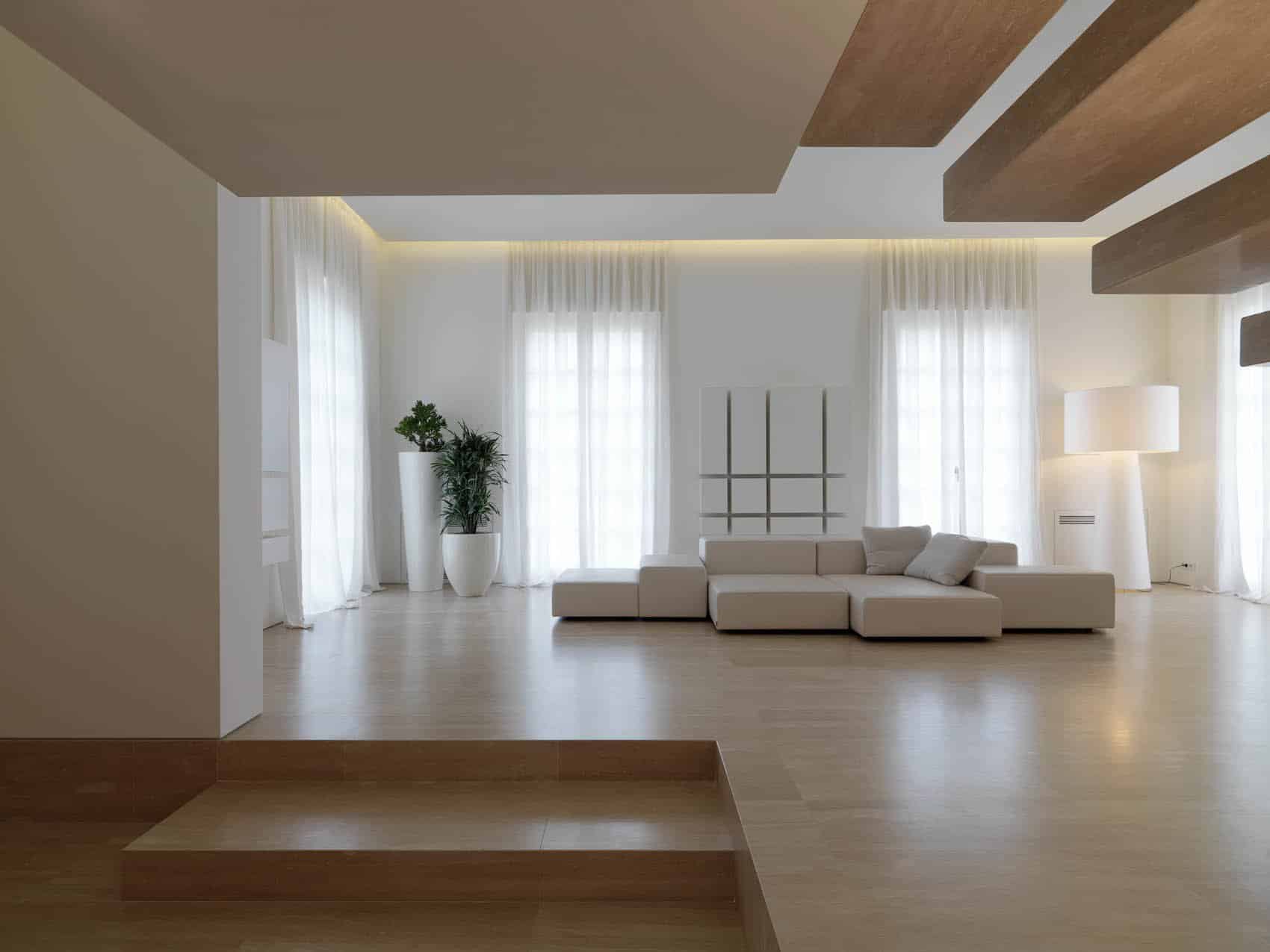


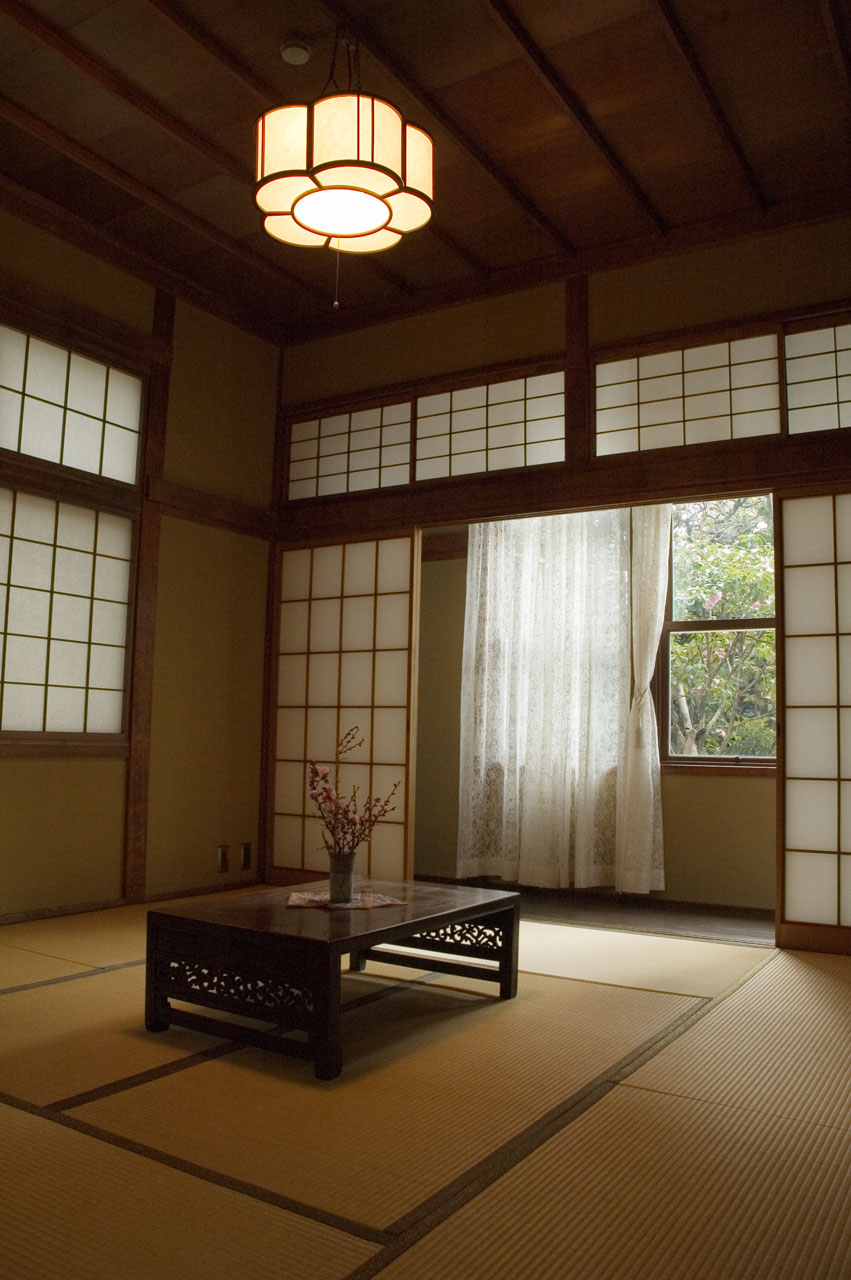


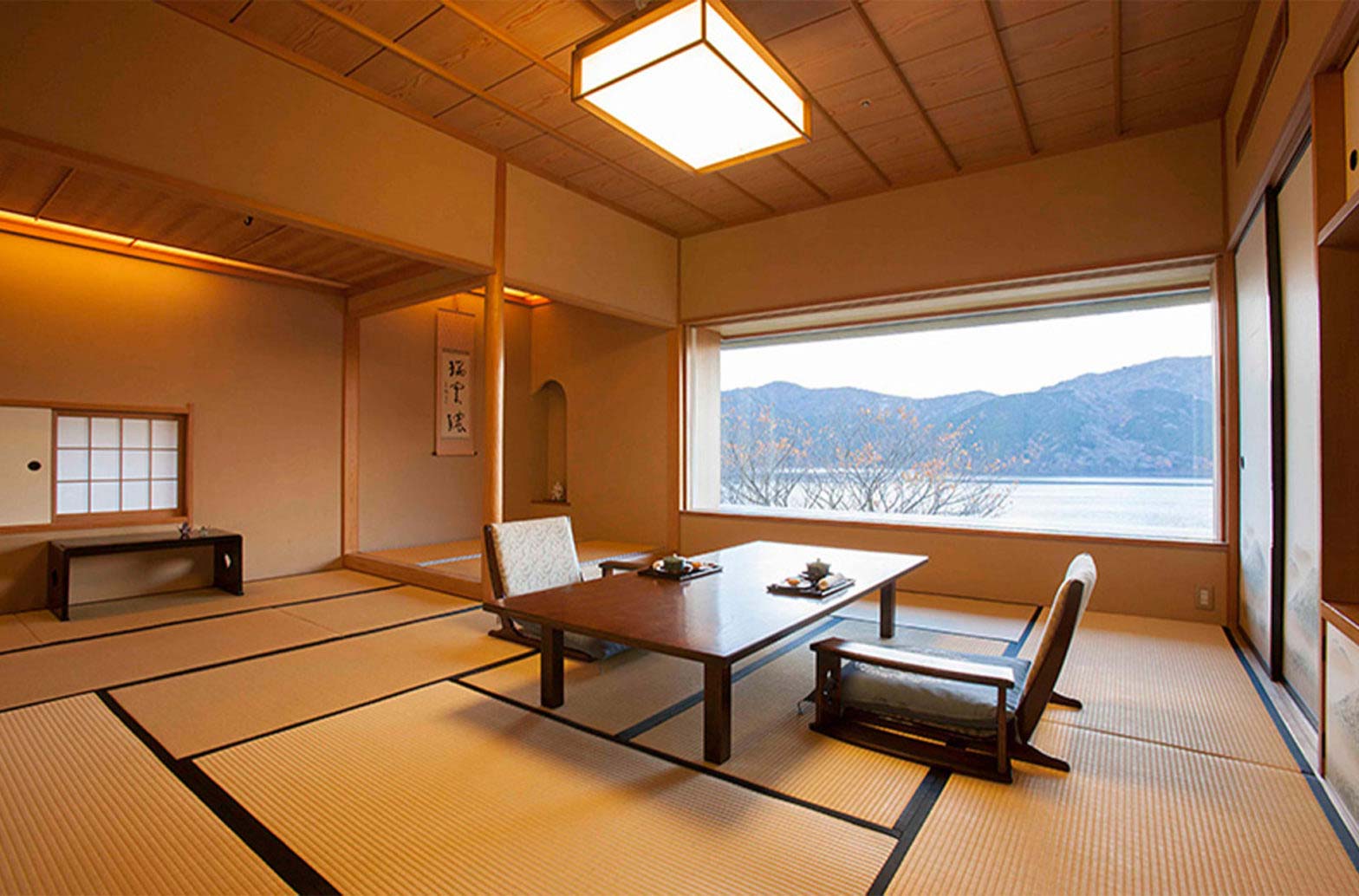
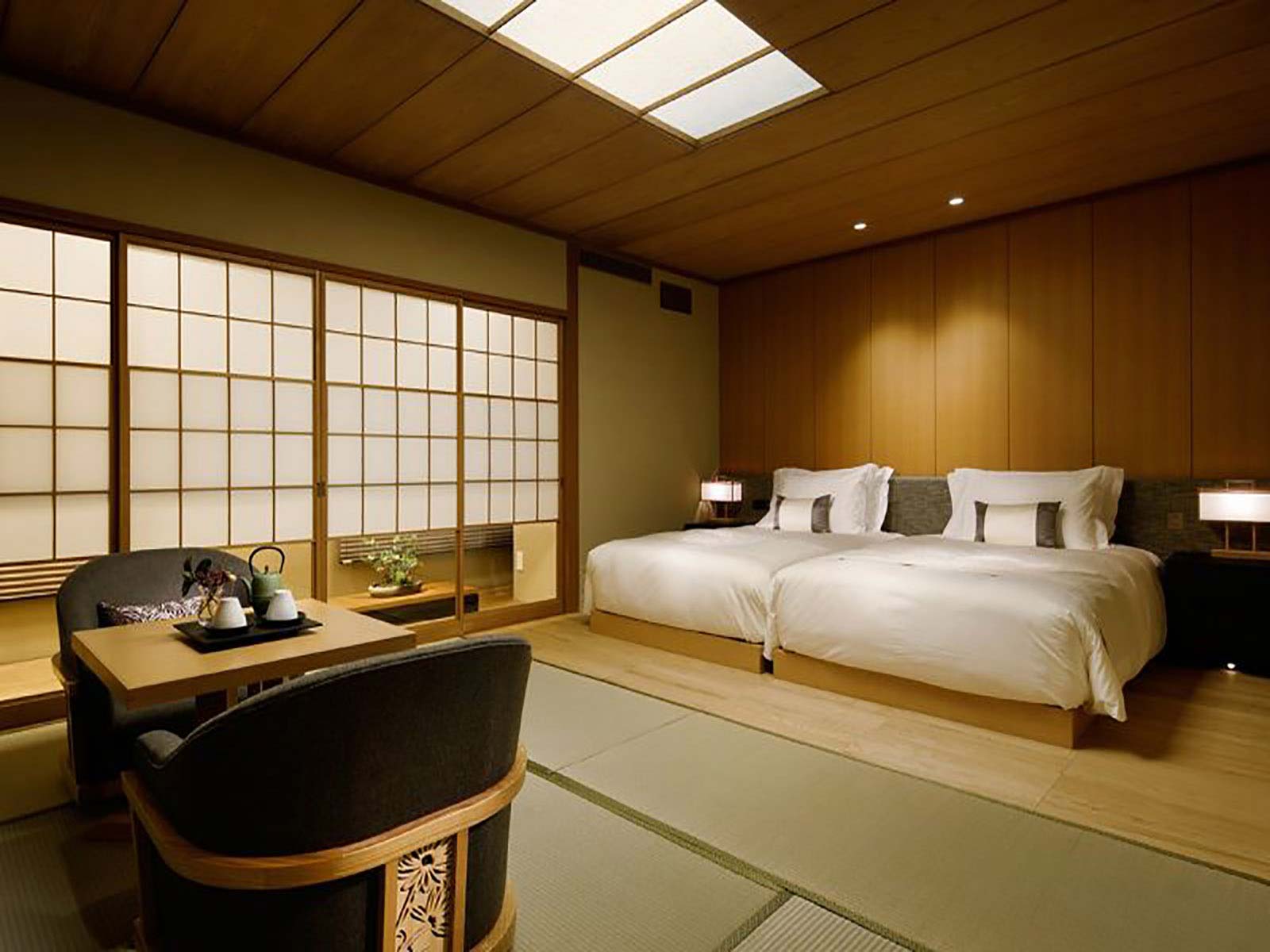
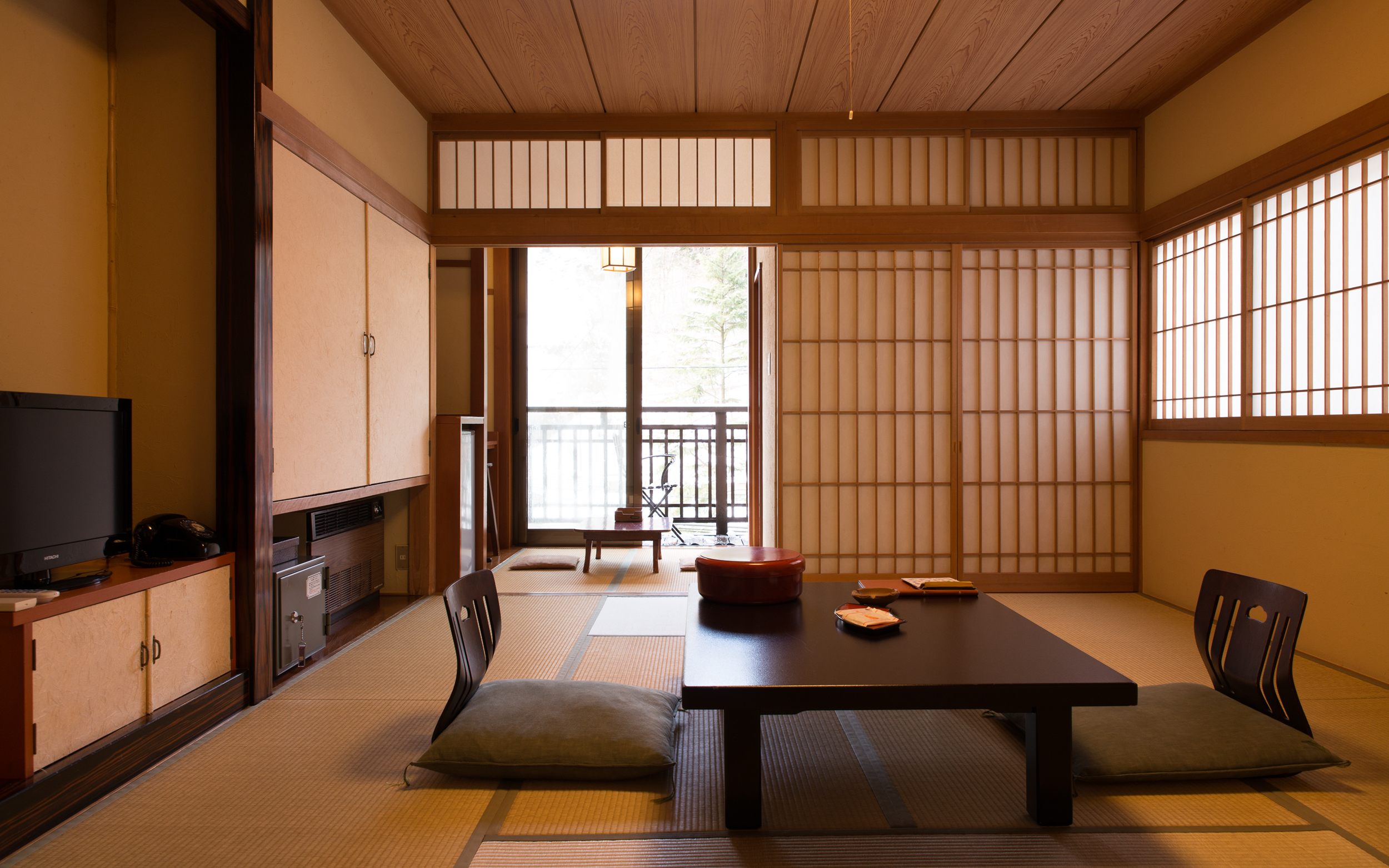
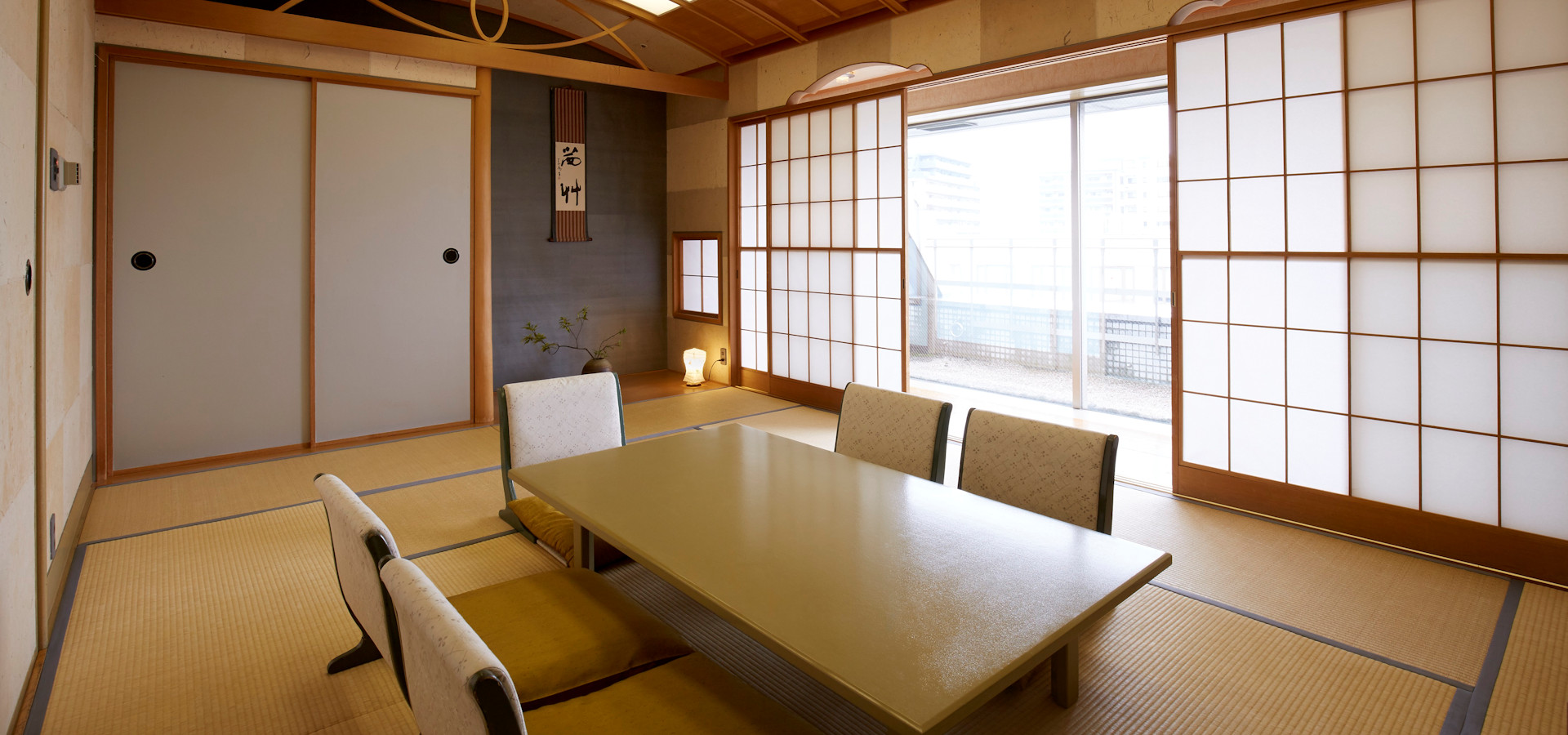







:strip_icc()/cathiehong-8055c557ada543d38f1a0eab4d9c6c76.png)
